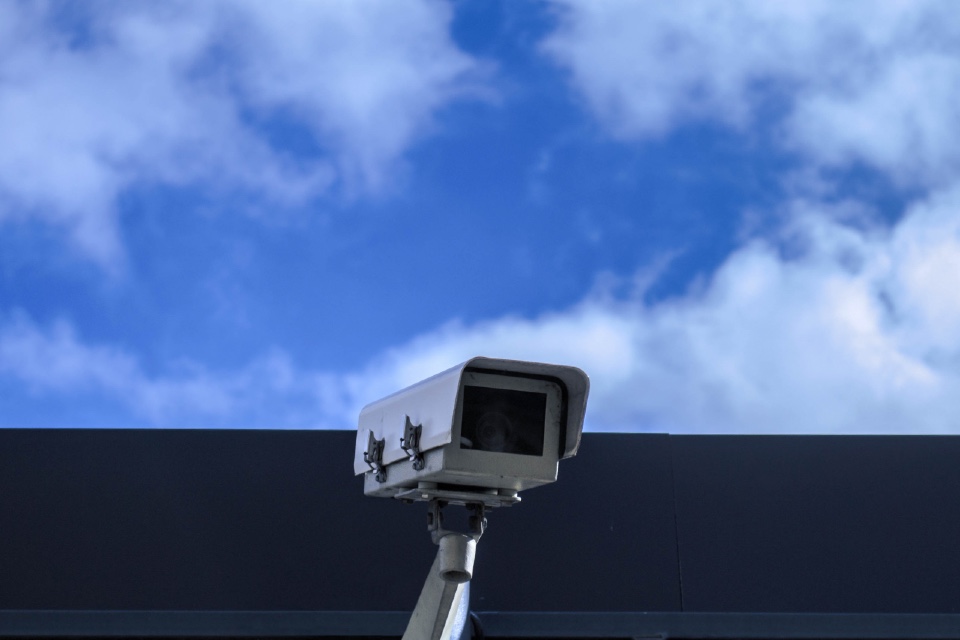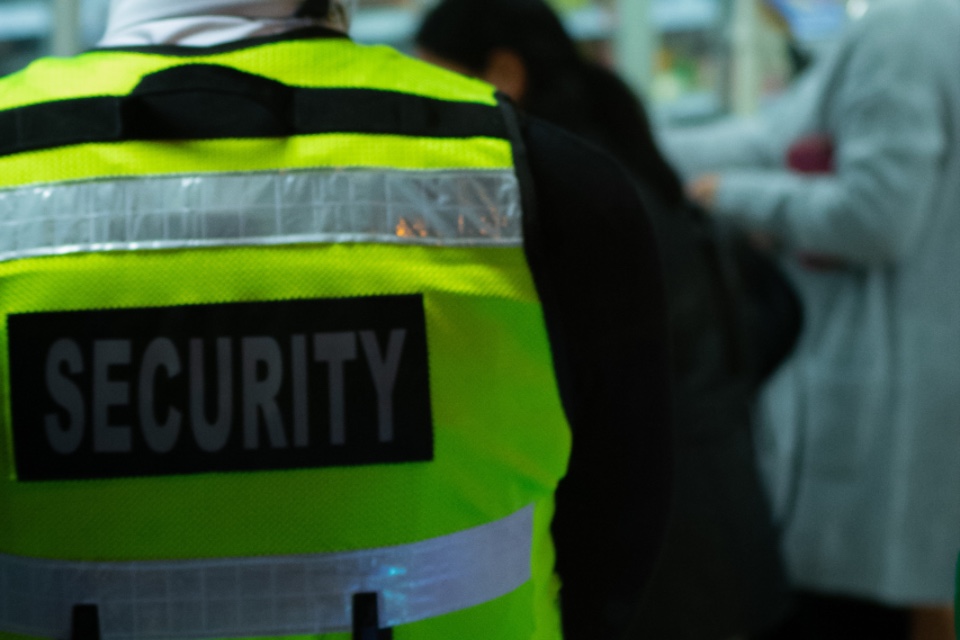Artificial Intelligence and Machine Learning: Revolutionising loss prevention in commercial physical security

Artificial Intelligence (AI) and Machine Learning (ML) have emerged as formidable tools for physical security professionals, significantly enhancing the capabilities of loss prevention strategies. These technologies are not merely augmenting traditional security measures but are reshaping them, offering innovative solutions to complex challenges faced by the sector. Here we explore the impact of AI and […]
LOSS PREVENTION MONTH: How loss prevention has evolved from physical to digital strategies

Commercial security and loss prevention have undergone significant transformation over the last decade, evolving with the advent of new technologies and changing retail landscapes. Here we outline the shifts strategies, the role of technology, and how businesses adapt to these changes to mitigate losses… Ten years ago, loss prevention in commercial settings primarily relied on […]
Do you specialise in Loss Prevention Solutions? We want to hear from you!

Each month on Security Briefing we’re shining the spotlight on a different part of the security market – and in November we’ll be focussing on Loss Prevention Solutions. It’s all part of our ‘Recommended’ editorial feature, designed to help security buyers find the best products and services available today. So, if you’re a supplier of Loss […]
Do you specialise in Loss Prevention? We want to hear from you!

Each month on Security Briefing we’re shining the spotlight on a different part of the security market – and in November we’ll be focussing on Loss Prevention. It’s all part of our ‘Recommended’ editorial feature, designed to help security buyers find the best products and services available today. So, if you’re a supplier of Loss Prevention […]

